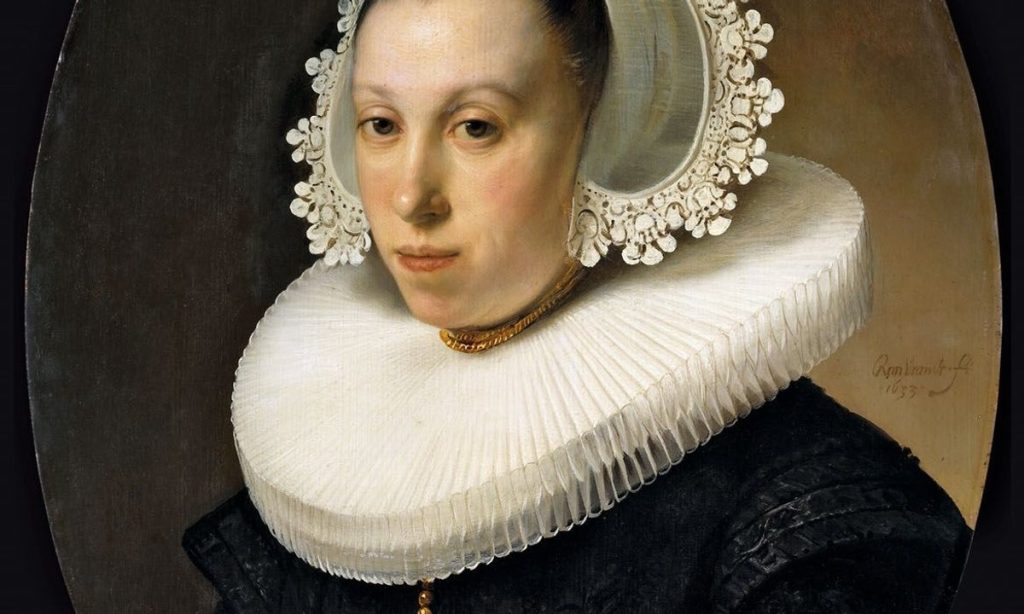
In recent decades, the rarely questioned authority on Rembrandt’s attributions has been Professor Ernst van de Wetering. But after his death in 2021, a big question in the Old Masters market has been: “Who will be the new Ernst?” Who would give a “follower of Rembrandt” the ability to upgrade to “Rembrandt”? Would he be another esteemed and lonely scholar? A wider group of scholars? Or a museum, like the Rijksmuseum?
Two multimillion-dollar sales last year of recently discovered Rembrandt paintings in London revealed that the question remains unanswered. In July, Christie’s sold signed and dated portraits from a private collection for £11.2 million. In December, Sotheby’s sold a small grisaille Adoration of Kings for £10.9m. It previously appeared at Christie’s in 2021 as ‘Circle of Rembrandt’ (for £732,000). Both lots were accepted as “Rembrandts” by different authorities.
The Rijksmuseum acquired the portraits from Christie’s (and now lends them), but they remained silent. Adoration at Sotheby’s. So we can see why a recent article about sales in the Dutch newspaper NRC It was titled “Wild West scenes in Rembrandtland.”
But for me, the true Western moment of Rembrandt scholarship began in the 1980s, when the newly formed Rembrandt Research Project (RRP) threw out literally hundreds of accepted Rembrandts, his oeuvre down to about 250 paintings (from about 650). Abraham Bredius pre-war times, and about 450 under his successor Horst Gerson). Then, when Ernst van de Wetering took more control of the RRP from 1993—”the project failed…it wasn’t good,” he said—the number of Rembrandts gradually increased again, to around 350.
It seems to me that an academic’s wrong grading of a Rembrandt is no more regrettable than the wrong improvement of the art market. Both do an injustice to Rembrandt himself, and both have a terrible effect on value.
Perhaps the most damaging legacy of the early RRP was the establishment of the wrong criteria for judging potential ‘Rembrandts’. Confusion is still caused by the RRP theory that Rembrandt signed works that were entirely factory productions, despite the lack of contemporary evidence that Rembrandt did so. The theory arose after the RRP rejected, on stylistic grounds, previously accepted authentic Rembrandt signatures. An example was the signature and date of 1633 Portrait of a woman At the Herzog Anton Ulrich-Museum, Braunschweig. Instead of questioning their knowledge, the RRP questioned the signatures. Van de Wetering later accepted the Braunschweig photo, but the forgery theory has stuck.
Where does Rembrandt’s number come from? A Rembrandt of 250 works, as RRP initially proposed, means that he painted fewer than six paintings a year. A work of around 350 is just over seven pictures a year. Probably not enough. And who will decide? It seems that the model of a single esteemed scholar is flawed. A wider set of authorities prompts us to think for ourselves about what is and what is not a Rembrandt.
Finally, we should reformulate the level of certainty we require in Rembrandt attributions. Because Rembrandt employed so many students, we can never really know where Rembrandt stops and (say) Ferdinand Bol begins. Is it time to see more use of “attributed to Rembrandt”?


